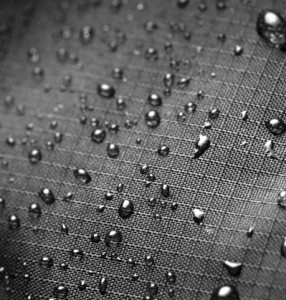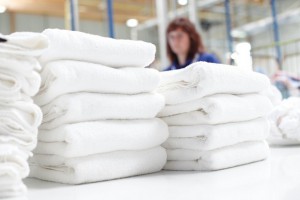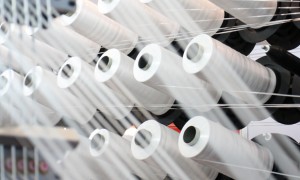The term news media refers to the groups that communicate information and news to people. Most Americans get their information about government from the news media because it would be impossible to gather all the news themselves. Media outlets have responded to the increasing reliance of Americans on television and the Internet by making the news even more readily available to people. There are three main types of news media: print media, broadcast media, and the Internet.
Print Media
The oldest media forms are newspapers, magazines, journals, newsletters, and other printed material. These publications are collectively known as the print media. Although print media readership has declined in the last few decades, many Americans still read a newspaper every day or a newsmagazine on a regular basis. The influence of print media is therefore significant. Regular readers of print media tend to be more likely to be politically active.
The print media is responsible for more reporting than other news sources. Many news reports on television, for example, are merely follow-up stories about news that first appeared in newspapers. The top American newspapers, such as the New York Times, the Washington Post, and the Los Angeles Times, often set the agenda for many other media sources.
The Newspaper of Record
Because of its history of excellence and influence, the New York Times is sometimes called the newspaper of record: If a story is not in the Times, it is not important. In 2003, however, the newspaper suffered a major blow to its credibility when Times journalist Jayson Blair admitted that he had fabricated some of his stories. The Times has since made extensive efforts to prevent any similar scandals, but some readers have lost trust in the paper.
Broadcast Media
Broadcast media are news reports broadcast via radio and television. Television news is hugely important in the United States because more Americans get their news from television broadcasts than from any other source.
Television News
The main broadcast networks—ABC, CBS, and NBC—each have a news division that broadcasts a nightly news show. For the past fifty years, most Americans watched one or more of these broadcasts. Since the 1980s, however, cable news channels have chipped away at the broadcast networks. CNN and MSNBC both broadcast news around the clock. Because the cable news channels are always broadcasting news programs, many people who want to follow a story closely tune in to these stations first. The relatively new Fox network news program has also drawn numerous viewers away from the big three networks.
Radio News
The other type of broadcast media is radio. Before the advent of television in the 1950s, most Americans relied on radio broadcasts for their news. Although fewer Americans rely on radio as their primary news source, many people still listen to radio news every day, especially during morning and evening commutes. Local news stations have a particularly large audience because they can report on local weather, traffic, and events.
Talk Radio
Since the 1980s, talk radio has emerged as a major force in broadcasting. Talk radio is a radio format in which the hosts mix interviews with political commentary. As a result, many talk radio shows are highly partisan. Conservatives have a strong hold on American talk radio through programs hosted by influential commentators, such as Rush Limbaugh and Sean Hannity.
The Internet
The Internet is slowly transforming the news media because more Americans are relying on online sources of news instead of traditional print and broadcast media. Americans surf the sites of more traditional media outlets, such as NBC and CNN, but also turn to unique online news sources such as weblogs. Websites can provide text, audio, and video information, all of the ways traditional media are transmitted. The web also allows for a more interactive approach by allowing people to personally tailor the news they receive via personalized web portals, newsgroups, podcasts, and RSS feeds.
Weblogs—known colloquially as blogs—have become very influential since the start of the twenty-first century. Leading bloggers write their opinions on a variety of issues, and thousands of people respond on message boards. Although many blogs are highly partisan and inaccurate, a few have been instrumental in breaking big stories.
This article comes from sparknotes edit released
 We’ll act as a design and specification resource for your business. Our technical experience and specialist knowledge of yarns, fabrics, weaving, finishing, coating and fabrication processes means we can take the hard work away by developing innovative fabric solutions.
We’ll act as a design and specification resource for your business. Our technical experience and specialist knowledge of yarns, fabrics, weaving, finishing, coating and fabrication processes means we can take the hard work away by developing innovative fabric solutions.

